Ficus Benjamin "Daniel"
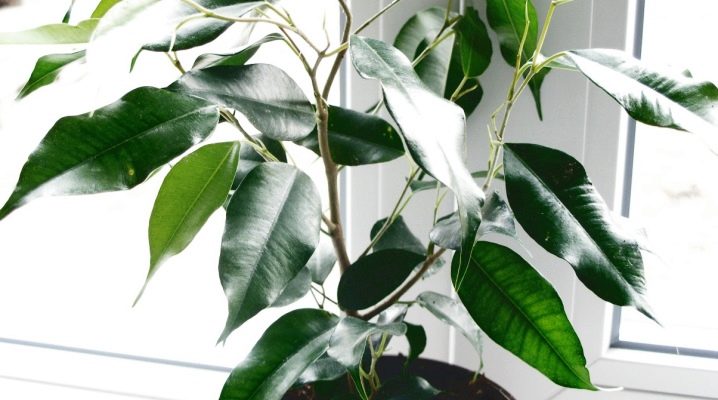
One of the most popular ornamental plants is "Daniel", which is one of the types of common Benjamin ficus. This tree is in great demand and perfectly complements any interior.
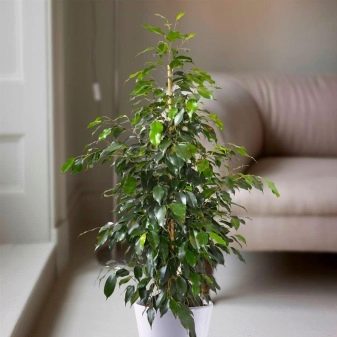
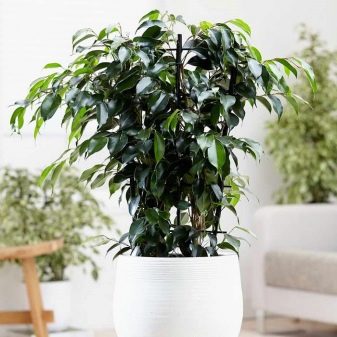
Characteristic features of the variety
The genus Ficus, the Mulberry family, to which Benjamin's ficus "Daniel" belongs, includes evergreen perennial trees, bushes and has more than 800 different species. The maximum height of trees of this family can reach 30 m. The natural habitat for ficuses is the forests of India, China, East Asia, and the northern part of Australia. Over the long period of existence, these plants have acquired various life forms: from huge trees to very tiny ones.
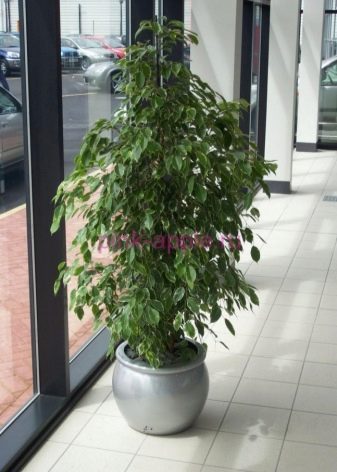
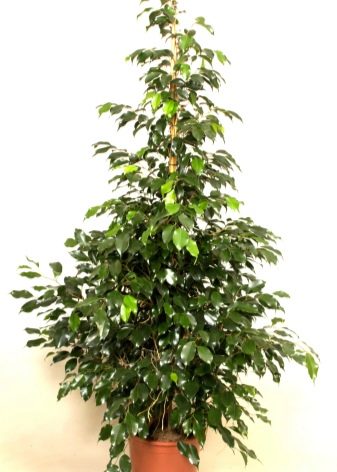
An important distinguishing feature of the ficus variety Benjamin "Daniel" is the presence of juicy green leaves in it.
Outwardly, the plant looks like a small tree that can grow up to 2 meters in height. On a straight-growing stem, many elastic branches grow in different directions. For the foliage of the ficus, the following description is inherent: an elongated shape, narrowed at the ends, the surface is glossy. Fresh, young leaves are initially light green in color and, as they grow, acquire a darker, uniform color. Reaches 5-6 cm in length and 3-4 cm in width.
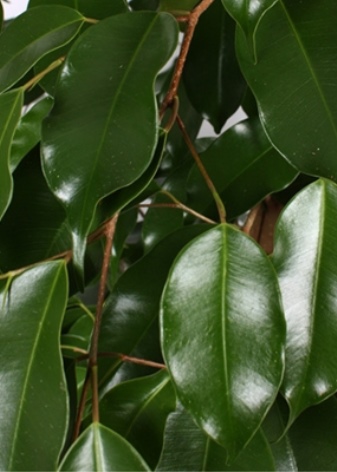
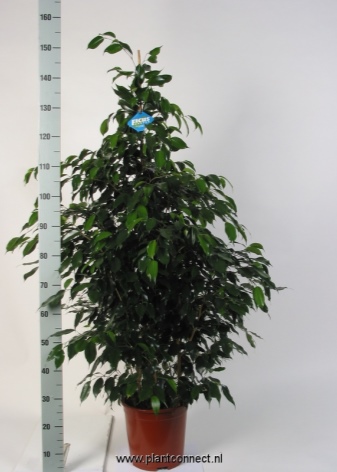
Organization of home cultivation
Ficus is an unpretentious plant and it is not so difficult to organize proper care for it at home. This does not require special knowledge of gardening, it is enough to take into account and fulfill the following conditions:
- suitable location;
- enough light;
- the required level of heat and humidity;
- timely watering;
- regular pruning and replanting;
- feeding and disease prevention.
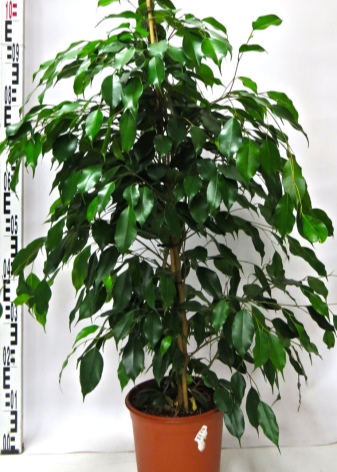

For the best adaptation of "Daniel" to the new living conditions, it is not worth replanting the plant immediately after the purchase.
After about a month of the adaptation period, the transport pot and soil mix should be replaced. For planting ficus, a container made of porous material (wood, clay, ceramics, plastic) with holes for excess moisture is suitable. When choosing a pot, it is necessary to take into account the degree of development of the root system of the plant. A suitable size will be such that the roots of the ficus are located about 2 centimeters from the walls of the pot. In height, it should be about 1/3 of the total size of the tree.
Earthen mixture for ficus is preferred loose, enriched with minerals, with sufficient air ventilation, neutral or low acidity. When independently preparing soil for ficus, peat ash, deciduous soil, sod, coarse sand and a little bone meal (1 g per 1 kg of substrate) are mixed in equal combinations. Young "Daniel" will need the next transplant with a pot change in a year. Large adult ficuses must be transplanted into larger vessels once every 2-3 years using the transshipment method. One of the clear signs indicating the need for a ficus transplant is a completely entwined clod of earth with root shoots.
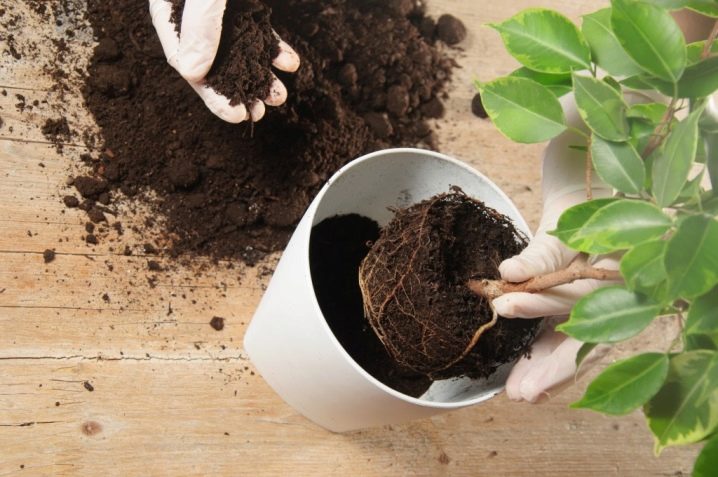
The most favorable place for planting ficus is the eastern, southeastern, western or southwestern parts of the room.
Having decided on the location of the tree, you should not repeatedly change the location, because any movement is unnecessary stress for the plant. Bright, but diffused light is considered a favorable level of illumination for ficus, due to the fact that bright sunlight adversely affects the deciduous part of the plant: it turns yellow and loses its natural glossiness. In the warm season, it is allowed to install "Daniel" in the open air, while organizing a shade from 10 to 14 hours, since the scorching sun can burn the leaves.
The most favorable for the growth of "Daniel" is considered to be a temperature close to its natural habitat - +20 +25 degrees Celsius. In winter, the temperature can drop to +15 degrees. Due to its tropical origin, Benjamin Daniel's ficus is able to withstand dry air, however, spraying the foliage with purified warm water should not be neglected. Such periodic "bathing" is an excellent prevention of excessive foliage loss, especially in apartments with central heating during the cold season.
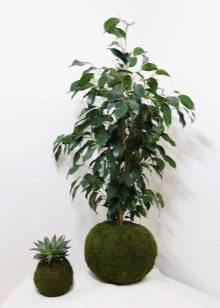
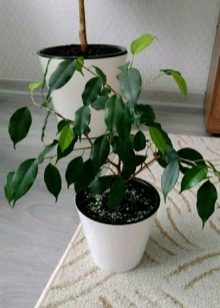

The frequency of watering the ficus is completely due to the drying out of the topsoil, excess moisture in the root system is also dangerous for Daniel, as is drying out. Often, in the cold season, the ficus must be watered no more than 3 times a month, and in the summer - 2-3 times a week. Excess moisture accumulating in the pan of the pot is recommended to be poured out to avoid rotting of the root system. For irrigation, soft, warm water that has been standing for a day is ideal.
It is recommended to prune Daniel's shoots in the spring, before the active growth phase begins. The procedure should be performed with a sterile instrument to avoid infection. Larger branches are cut closer to the bud, at an angle. Thin branches are shortened by 1/3, cutting them off above the bud. Places of cuts must be wiped with a dry cloth, removing the leaking "milk", and treated with activated or charcoal.


Due to the good flexibility of young branches, ficus Benjamin "Daniel" easily lends itself to the formation of a trunk like a braid, spiral, lattice. It is permissible to create a variety of crown shapes: bush, standard tier, sculpture, bonsai. Sanitary pruning of ficus, in contrast to formative pruning, can be carried out at any time of the year. The essence of such pruning is to remove underdeveloped and dry branches that have no decorative value. In case of complete drying of the foliage, the ficus Benjamin "Daniel" can be cut off completely, leaving only a stump no more than 10 cm in height. Over time, the tree will be able to build up green mass and regain its previous shape.
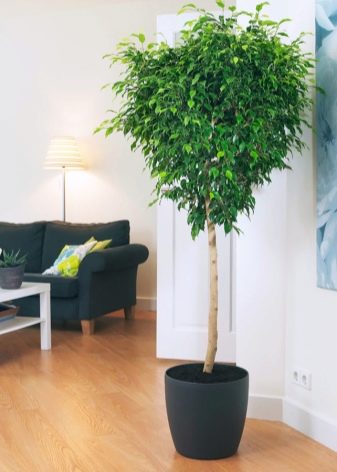
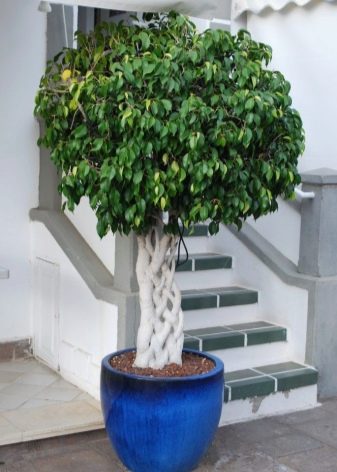
Houseplant fertilization
An important stage in the seasonal care of the Daniel ficus is plant feeding. Fertilizing ficus is recommended from spring to December. For feeding, universal complexes are perfect, as well as various organic concentrates. In this case, it is recommended to observe the "reaction" of the ficus to the new "nutrition". In case of darkening, yellowing or falling leaves, it is recommended to change or suspend the fertilizer.
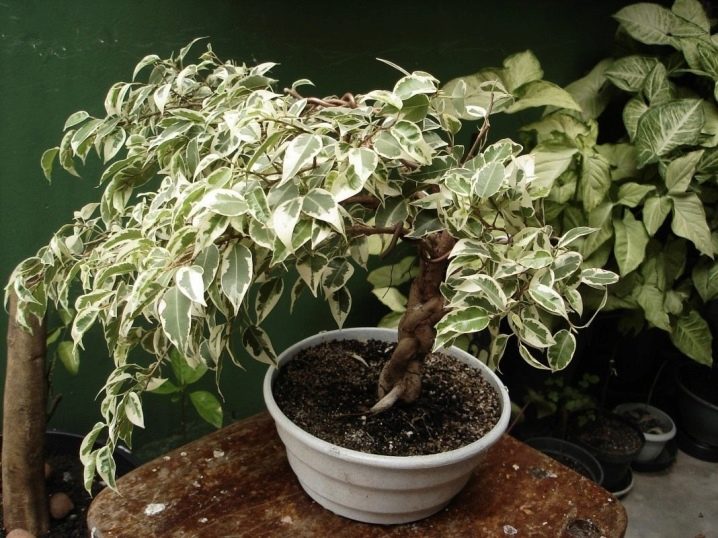
Reproduction methods
Adhering to simple recommendations, ficus Benjamin "Daniel" can be propagated by the following methods.
- Shank. A shoot with buds and leaves, cut from the top, is placed in water. After 14-20 days, the shoot will take root, it will be possible to transplant it into the prepared substrate.
- Air layering. In order to grow an air layer, it is necessary to cut the woody branch of the plant and remove part of the bark from it. Then the cut site is lubricated with a root-forming agent and covered with sphagnum, wrapped on top with plastic wrap. It is especially important to control the presence of moisture at the cut site. A month later, roots appear on the branch.
- Seeds. Seeds are sown into the prepared and fertilized soil mixture, covered with polyethylene and placed in a warm place. After 7-14 days, you can already see the first sprouts, which are planted separately.
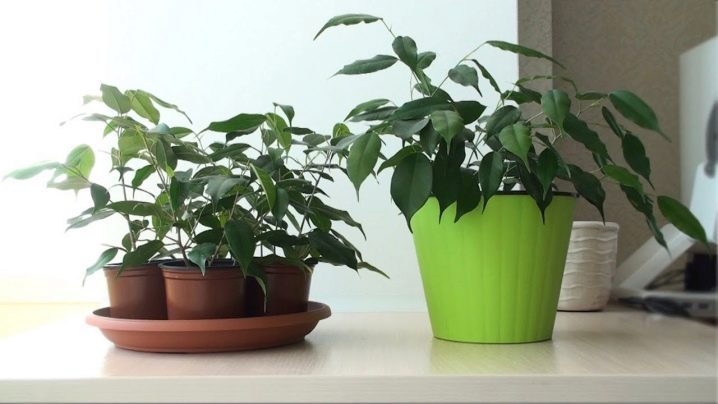
Pests and diseases
A serious threat to "Daniel" is posed by such parasites: small aphids, scale insects, mealybugs, spider mites. At the initial stages of pest infestation, soap essence and a warm shower will help to cope with them, and in difficult, advanced cases, you cannot do without special chemical insecticides. Excessive watering can promote fungal infection of the roots. The main signs of root rot are yellowing, wilting and rapid darkening of the leaves. If the disease is not eliminated in time, the plant may die. Improperly organized home care can also contribute to other fungal diseases such as cercospora and anthracnose.
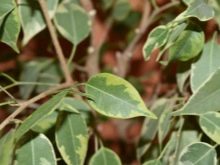
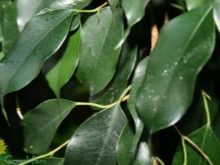
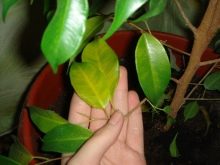
Both infections are characterized by the appearance of dark spots on the deciduous part of the tree, which, in the absence of preventive measures, can lead the plant to death.
Advantages and disadvantages
The most important advantage of ficus is that it is a completely "capricious" plant, as evidenced by numerous reviews of flower growers and gardeners. The pulp of the foliage and its juice have medicinal properties and are used in traditional and folk medicine. Ficus tinctures are part of many medicinal preparations, antibiotics. The plant is a "green orderly", as it is able to filter the air in the room, contributes to the accumulation of positive energy.
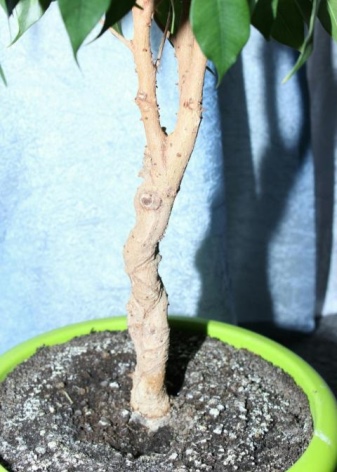
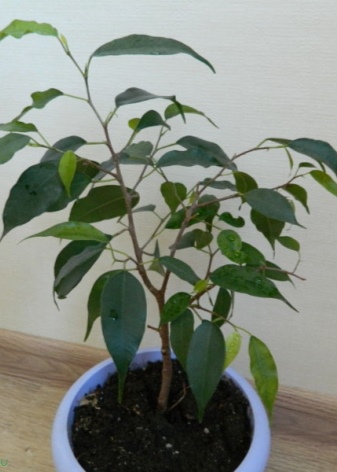
Among amateur flower growers, there are many signs associated with "Daniel", most of which claim that ficus has a positive effect on the atmosphere in the house, absorbs negative energy, anxiety and aggression.
One of the few disadvantages of the Daniel ficus is that the specific milky juice contained in its shoots can cause an allergic reaction. Therefore, to exclude intoxication, it is recommended to warn young children and pets from close "communication" with the plant. Also, rubber juice of ficus can negatively affect the well-being of asthmatics. Compliance with the basic precautionary rules will avoid negative situations. A bright representative of the tropical flora, the ficus Benjamin "Daniel" is a rather viable and unpretentious plant. It will fill any room with positive energy and coziness, you just have to pay a little attention to it and provide the most comfortable conditions for a prosperous existence.
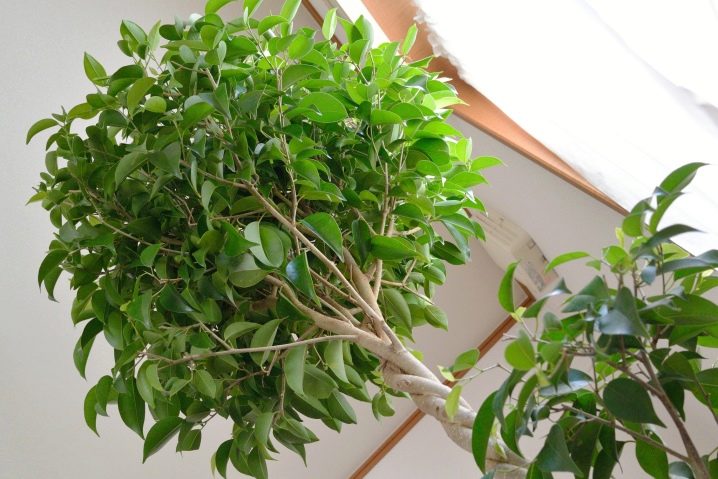
For information on how to care for Benjamin's ficus, see the next video.































The comment was sent successfully.